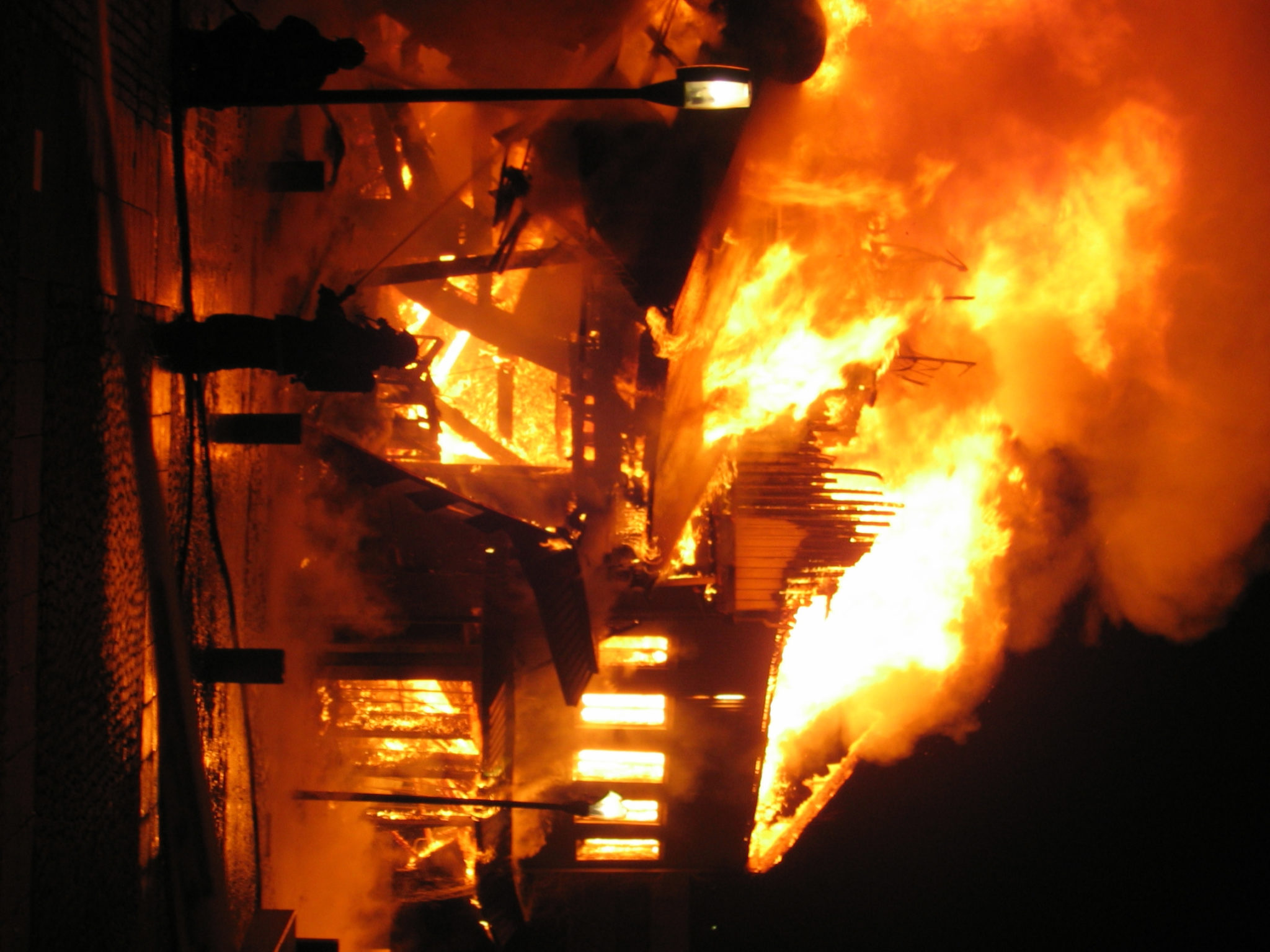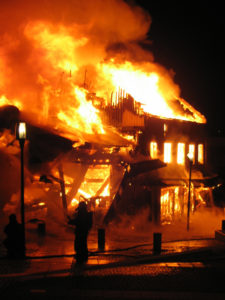
 This year alone, we’ve seen mid-construction fires at wood-framed apartment complexes in four cities: Maplewood, New Jersey; Raleigh, North Carolina; Overland Park, Kansas; and most recently College Park, Maryland. All four apartment buildings were destroyed and nearby homes and businesses at all four sites sustained considerable damage. It’s no coincidence that all four of these blazes occurred in yet-to-be-completed, multi-story structures made primarily of wood, and the National Fire Protection Association (NFPA) has taken notice of this trend.
This year alone, we’ve seen mid-construction fires at wood-framed apartment complexes in four cities: Maplewood, New Jersey; Raleigh, North Carolina; Overland Park, Kansas; and most recently College Park, Maryland. All four apartment buildings were destroyed and nearby homes and businesses at all four sites sustained considerable damage. It’s no coincidence that all four of these blazes occurred in yet-to-be-completed, multi-story structures made primarily of wood, and the National Fire Protection Association (NFPA) has taken notice of this trend.
We chatted with NFPA Division Manager and PE Robert Solomon, who says the fires and their underlying common thread have not gone unnoticed.
“The Kansas fire, which was shortly after the one in Raleigh, kind of pushed everybody over the edge,” Solomon said. “Now all of a sudden people are asking, should we really be using wood construction and should we be doing more to protect these buildings?”
Wood is a renewable resource that’s relatively inexpensive and lightweight, so banning wood construction is not a likely scenario. The answer to the second question, however, is an emphatic yes, we should be doing much more to protect these buildings.
“We remind people that these fires aren’t necessarily limited to wood construction only, and we’ve had some examples with steel and concrete,” he said. “But, when we step back and look at it, there are some things that can be done.”
As mentioned in our previous blog post, NFPA 241: Standard for Safeguarding Construction, Alteration, and Demolition Operations, is crucial on construction sites. But, one of the challenges, Solomon said, is that a lot of what’s in 241 is really up to the contractor to manage and implement.
“The fire marshal and building marshal can come and pound their fists, but they aren’t going to be on site 24-hours a day,” Solomon said. “If they’re lucky, they might get on the site one or two times a month.”
There is a lot that contractors can do to protect both their workers and their construction projects from fire hazards – especially when it comes to hot work, like applying hot tar to roofing materials, cutting up metal, or any other work that requires extremely high temperatures. According to a September 2016 NFPA report, in 2010-2014 fire departments responded to about 4,400 structure fires per year involving equipment associated with hot work.
In response to a devastating 2014 fire ignited by stray sparks during the installation of new rod iron railings, the City of Boston approached the NFPA in search of a solution to potentially hazardous hot work. The NFPA came back with a course that teaches contractors what to look out for when it comes to hot work safety during construction and demolition, which the City later declared a requirement for all contractors. It’s a short course with a test that costs less than $50 to take, and while it’s currently only available in Massachusetts, Solomon said the NFPA plans to expand the program to the other 49 states.
For more information about the NFPA Hot Work Safety Program, check out http://www.nfpa.org/training-and-events/by-topic/hot-work

